Dubai, the second largest of the seven United Arab Emirates, is a land of contrasts. Beautiful coastline, backed by an expansive desert; traditional wind towers and minarets in the shadows of soaring skyscrapers; time-honored souks selling gold and traditional wares near enormous shopping malls filled with contemporary brands. Dubai developed into a global community of over 200 nationalities and is a model of stability in a deeply unsettled region. Whether you visit for work or play, Dubai will make you reconsider any preconceived perceptions of this desert oasis.
The Creation of a City
Historically, Dubai was a quiet settlement that survived by fishing and pearl diving. In 1830, the Bani Yas tribe led by the Maktoum family took over and still rules the emirate today. Sheik Maktoum granted tax concessions to foreign traders and a trading empire began on Dubai’s large creek and natural harbor. The discovery of oil in 1966 led to improvements in infrastructure and further increased trade. In the 1990s, a concerted investment in tourism and a huge boom in development ensued, creating today’s architecturally stunning Dubai.
What to See and Do in Dubai
Because modern Dubai is only just over 20 years old, there are not many historical attractions for visitors. Two opportunities that are worthwhile are the Al Fahidi District and the Heritage Village.
Al Fahidi District is a collection of century-old buildings made from coral. They were the first permanent structures beyond reed huts, topped with wind towers that functioned as an early form of air conditioning. The Sheik Mohammed Centre for Cultural Understanding there presents a humor-filled explanation of Muslim culture, dress, and values. Guests enjoy a “family-style” lunch of traditional dishes while seated on floor pillows.
In the Heritage Village, you’ll find camels, displays of local handicrafts, and a small tourist market. On most nights, and especially colorful during the Ramadan season, the Village also celebrates UAE music, dancing, and local dishes in a bazaar-like atmosphere.
Dubai’s modern and sometimes outlandish architecture is a true marvel that boasts one superlative after another. You can get a bird’s eye view of the city and the vast desert beyond from 148 stories up in the Burj Khalifa, the world’s tallest building. Beside it, you can shop over 1,200 stores of the Dubai Mall, the world’s largest mall, or see the nightly show of the Dubai Fountain, the world’s highest dancing waters. Also nearby is the Souk Al-Bahar, a charming Arabian-themed souk packed with restaurants.
A flight-seeing trip aboard a seaplane or a helicopter is a breathtaking way to get a panoramic view more of Dubai’s incredible development along Jumeirah Beach and the coast:
- The world’s only 7-star hotel, the iconic sail-shaped Burj Al Arab
- The Palm, the world’s largest man-made island shaped in the form of a Palm Tree
- The World Islands, an artificial archipelago constructed in the shape of the world
Once you become acquainted with the city, a trip into the desert is a must. Go four-wheeling through the desert dunes to a desert camp where you can be a Bedouin for the day. Watch falconry demonstrations, ride camels, feast on Arabic delicacies, and listen to traditional music under the endless, starry desert sky. Travel Maestro tip: Do not miss a desert safari…trust me on this!
Expo 2020 Dubai – Connecting Minds, Creating the Future
Expo 2020 was the first World Expo to take place in the Middle East. Because of the global pandemic, the original opening date planned for 2020 was postponed. The full venue was open to international visitors from October 1, 2021, to March 31, 2022. Regardless of the date, the official name remained Expo 2020 Dubai.
More than 200 participating countries, organizations, and educational institutions reimagined tomorrow in one of the largest and most diverse World Expos ever. The themes of Opportunity, Mobility, and Sustainability were exemplified with new and creative ways to protect our planet and address global challenges. Each participating country had its own pavilion to showcase its unique culture. A dedicated metro line from the city to the site was built.
In a prime example of sustainability, the 1,083-acre site is transforming into a model global community called District 2020, after Expo Dubai was completed. The business and residential district will host over 80 startup businesses rent-free for two years and house up to 145,000 residents. The site will be linked by a dedicated autonomous vehicle route, a 10-kilometre cycling track, interconnected, wide pedestrian pathways and a 5km jogging track. Many of the Expo buildings will remain, for example the Sustainability Pavilion will live on as a children’s and science center, the Mobility Pavilion will host temporary exhibitions, and the Saudi Arabia pavilion will continue to showcase green energy innovations in Dubai and the rest of the region.
Safety and Etiquette in Dubai
Dubai is a traditional Muslim society but is the most relaxed of all the emirates. While there are no strict rules for dress, female visitors should respect the cultural mores by covering shoulders and knees. Men are also expected to dress appropriately. Despite the heat, business dress is of the formal suit and tie variety, although most Emirati businessmen choose to wear the dishdasha (white robe) and traditional white Keffiyeh (headscarf). If visiting Jumeirah Mosque, the only mosque in the city open to non-Muslims, ladies need to wear modest clothing and a headscarf. Shorts and swimsuits are only appropriate at hotel pools and private beaches. Travel Maestro tip: Air conditioning in public spaces is often set on frigid and evenings in the desert can be quite cool, so be sure to pack a jacket or sweater.
Although the government doesn’t encourage alcohol consumption, in deference to tourists and Western ex-pats, alcohol is available to non-Muslims only in hotel restaurants. There are two retail suppliers of alcohol, but you must have an alcohol license to purchase, which is only available to residents working in Dubai. Travel Maestro tip: Visitors are allowed to take up to four liters of alcohol into the country, which you can purchase in the airport duty-free zone.
Friday is the official day of rest and prayer for the Muslim city. The weekend is Friday and Saturday, with Sunday being a working day.
Dubai is an extremely safe city. Officials boast that the city is crime-free and it is arguably safer than many international cities. Still, petty theft can occur occasionally, so commonsense precautions are prudent.
Personal Perceptions of Dubai’s Culture
On a personal note, besides the many incredible “world’s best, biggest, and tallest” in Dubai and the unabashed luxury that permeates the lifestyle, my most poignant takeaway was the realization that with all of the unrest and outright war we see in the media, all countries of the Middle East are not the same. Dubai’s Muslim culture is not one of hatred or oppression. Americans are both welcome and safe in Dubai, as are 200 other nationalities. The Dubai leadership is stable and visionary, planning to increase tourism to 20 million visitors a year by 2020.
(Edit: This goal was hindered by the COVID-19 pandemic, but is resuming in 2021 and back on track. One of the newest attractions is the Ain Dubai Ferris wheel opened in October 2021. In typical Dubai superlative fashion, it is nearly double the size of the London Eye!)
If a visit to Dubai wasn’t on your radar before, it will be in the future! When you’re ready to see this fast-growing city for yourself, contact your Covington travel advisor to arrange a trip that will make a lasting impression.
Note: Post originally published December 2, 2014; updated April 16, 2021.

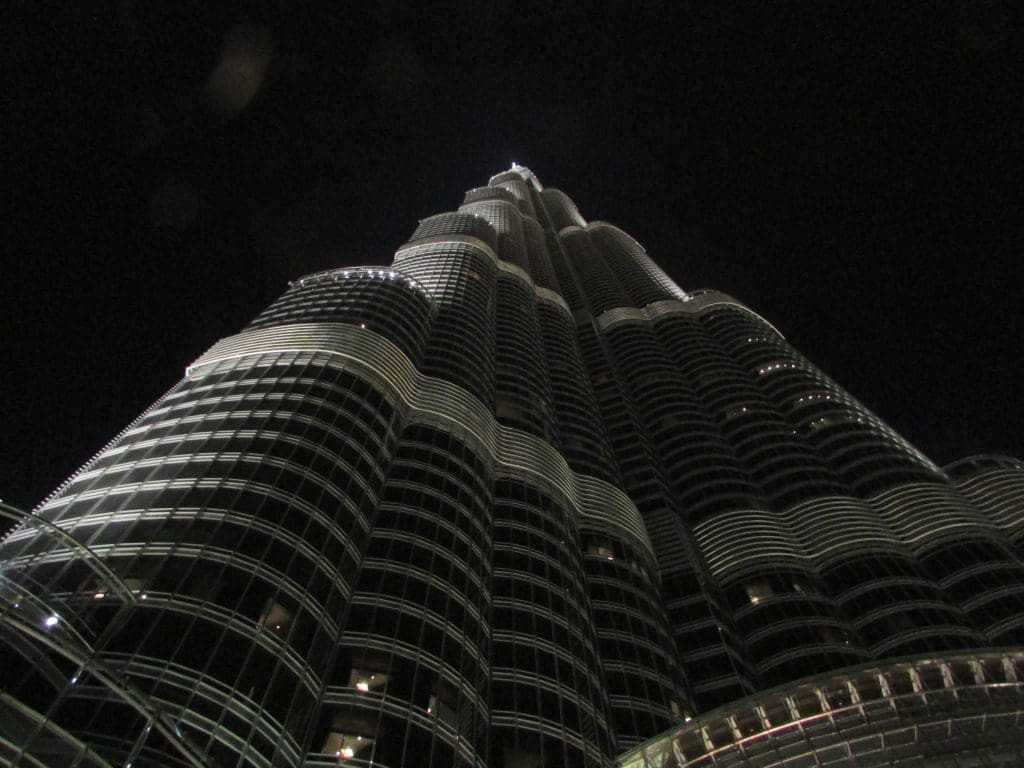
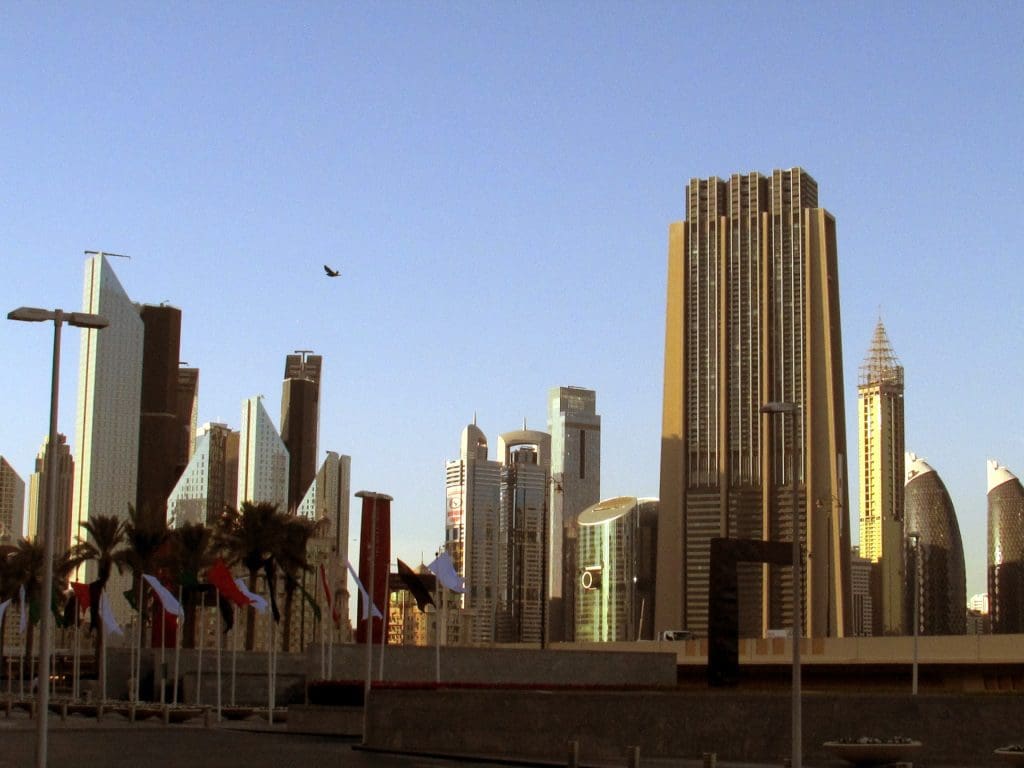
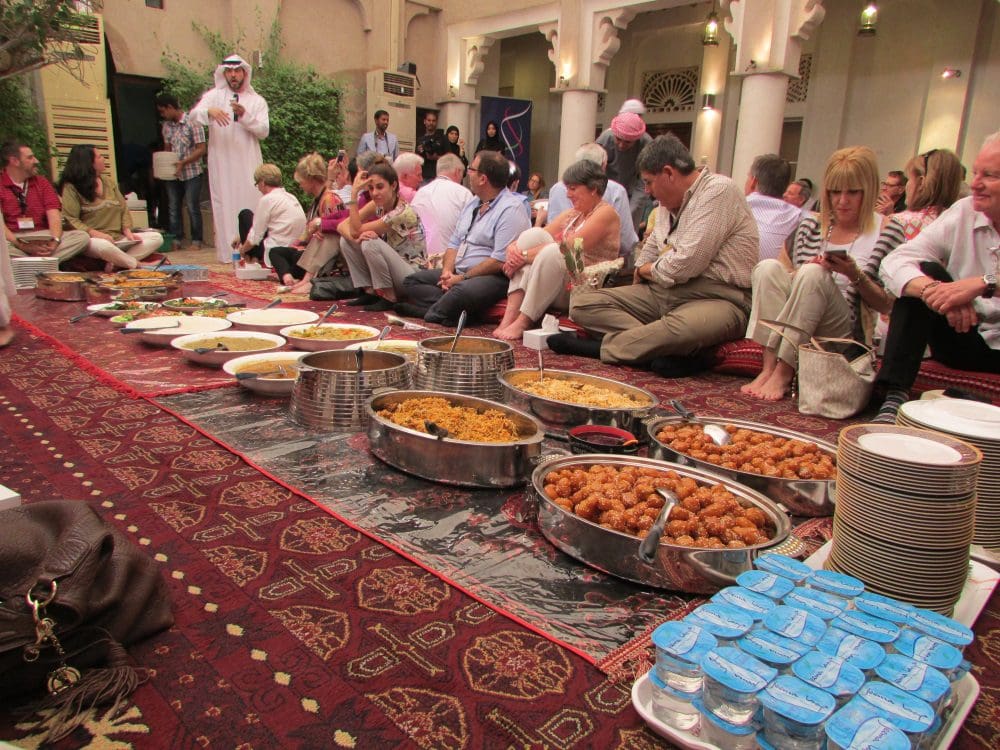
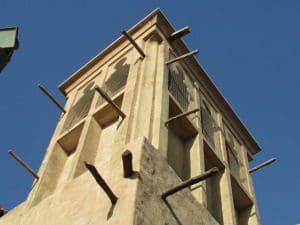
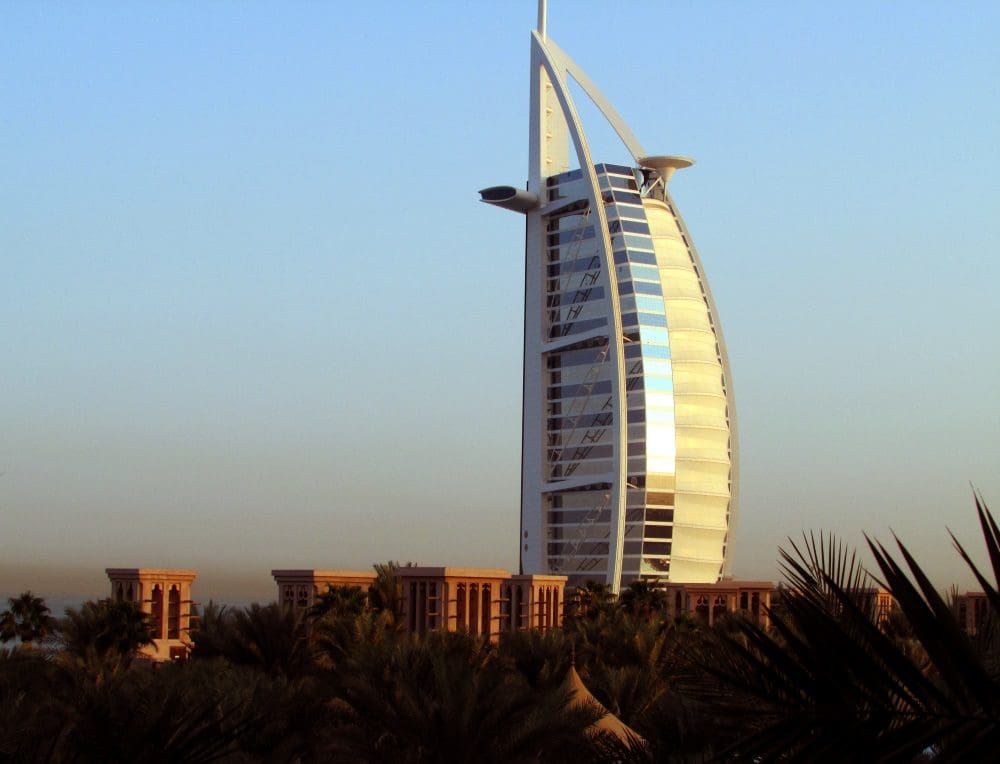
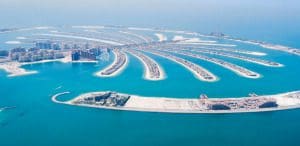

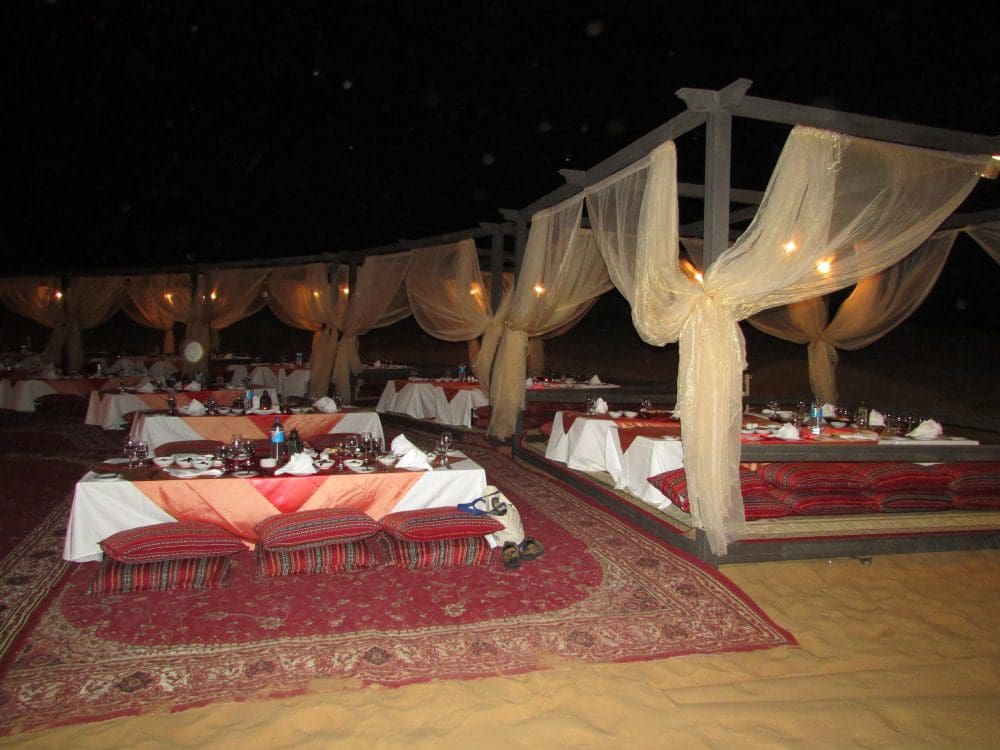
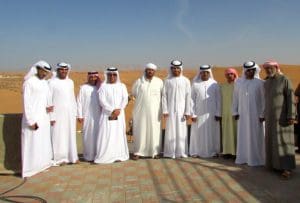
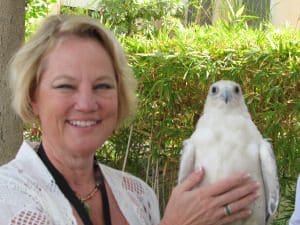
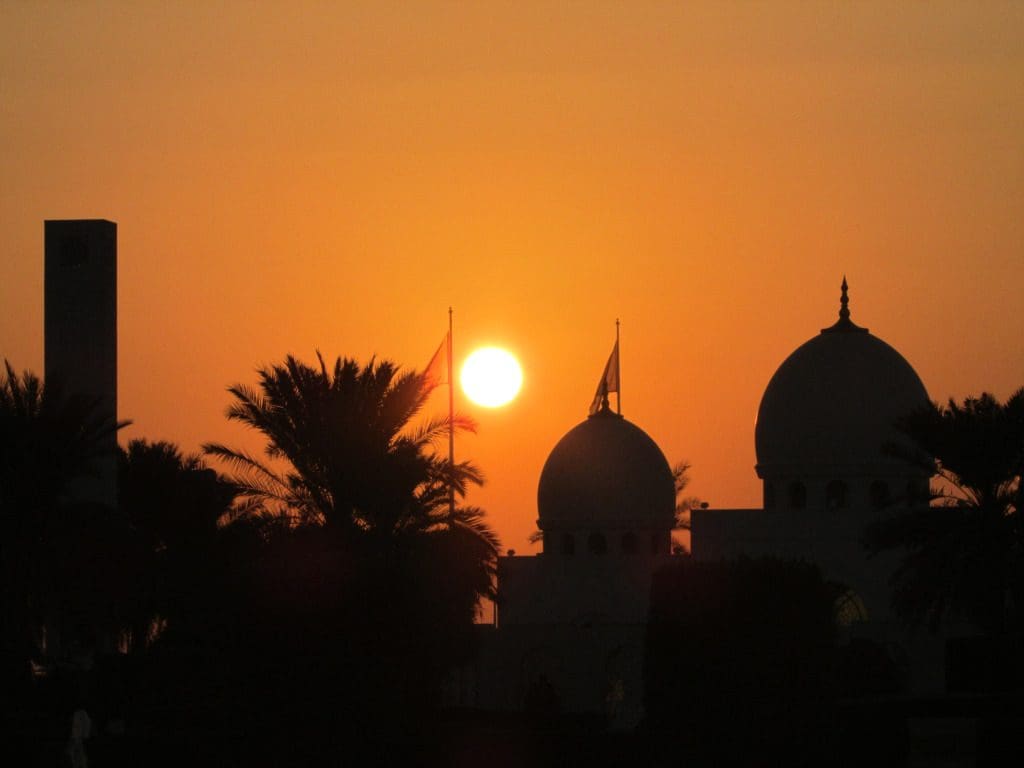





Wonderful description of Dubai. Enjoyed reliving my trip there.